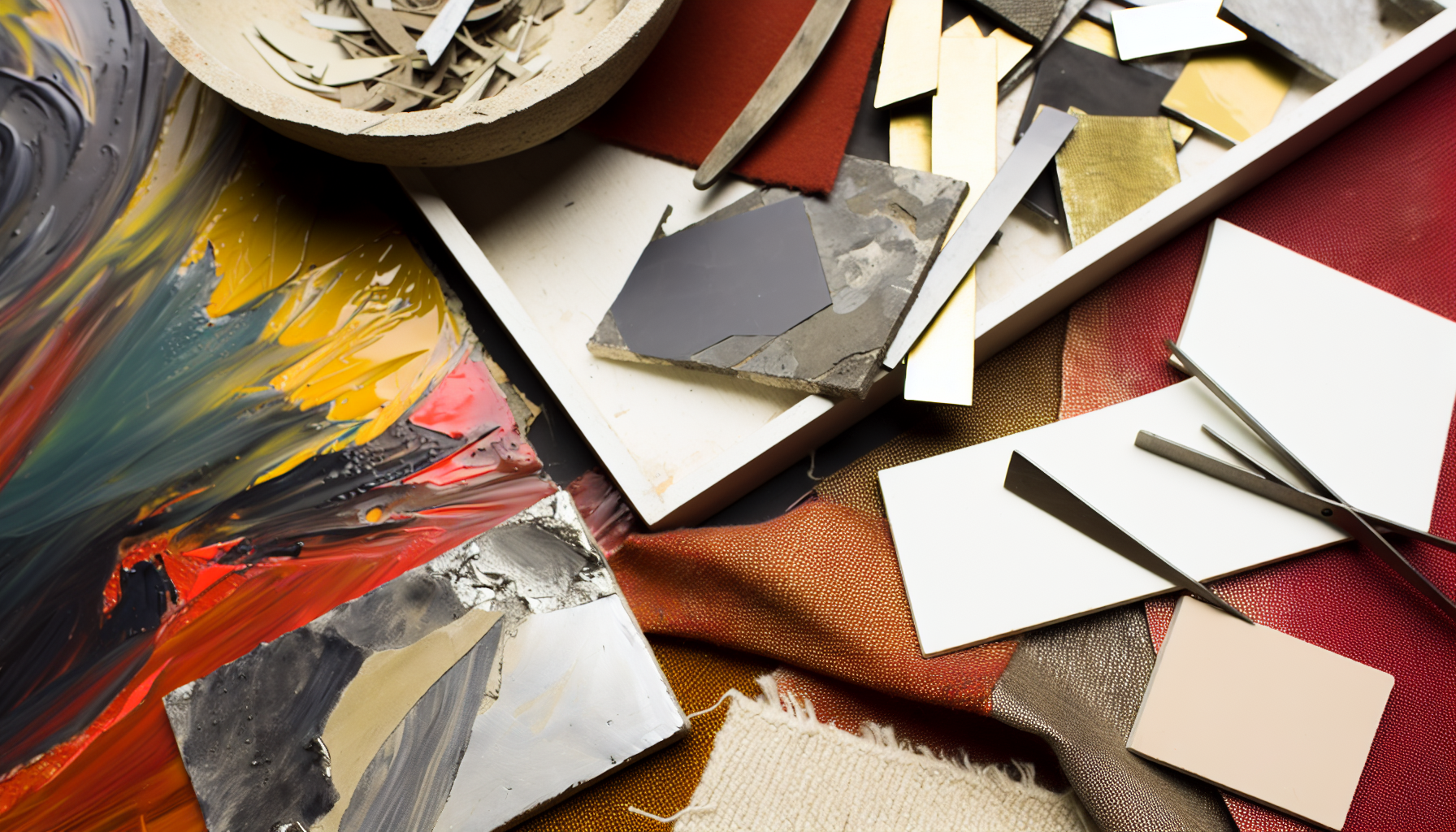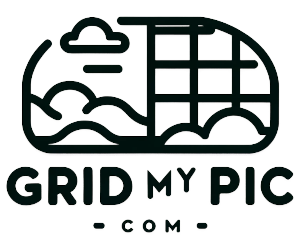Mixing Media in Modern Art
The term 'mixed media' in art evokes a sense of rebellion against the conventional norms of creation, straddling the borders between different artistic disciplines and materials. In today's art world, mixed media has become a playground for innovation, where the interplay between various elements brings forth new textures, meanings, and experiences. From the incorporation of unconventional materials to the melding of digital and physical forms, artists are constantly pushing the boundaries of expression through this eclectic form of creativity.

The Origins of Mixed Media
Mixed media is far from being a product of the contemporary art scene. Its roots can be traced back to the early 20th century when avant-garde movements such as Dada and Surrealism began to challenge the traditional boundaries of art. Artists like Pablo Picasso and Georges Braque introduced materials like newspaper and fabric into their cubist collages, setting the stage for future explorers of material diversity.
Transformation Over Time
Throughout the 20th century, mixed media continued to evolve. Pop artists worked with consumer goods and advertising imagery, while assemblage artists combined found objects in sculptural forms. Today, mixed media has expanded to include digital technologies, such as video art and virtual reality, further blurring the lines between different forms of artistic expression.
The Impact of Technology on Mixed Media
The advent of digital technology has opened a new chapter in the history of mixed media. It has not only provided artists with innovative tools but has also presented new media to be mixed. Digital art can now stand alone or be seamlessly integrated with traditional methods such as painting and sculpting, creating hybrid works that exist both in physical and virtual realms.
Digital and Physical: A Harmonious Coexistence
Artists have incorporated digital projections onto painted canvases and sculpted forms, used digital editing to combine photographs with hand-drawn elements, and even used 3D printing to produce components for mixed media installations. By combining digital and physical aspects, artists enrich the sensory experiences of their audiences, inviting them to interact with art in novel ways.
The Role of Mixed Media in Contemporary Art Practices
In contemporary art, mixed media is more than just a technique—it's a philosophical and conceptual approach to creation. Artists utilize a mix of materials to comment on the layered nature of identity, culture, and reality itself.
A Reflection of Society
The diverse nature of mixed media is particularly apt for representing the multifaceted experiences of modern life. In a world where global cultures and the digital realm intermingle, mixed media serves as a mirror reflecting the complexity and interconnectedness of our times.
Breaking Boundaries and Questioning Norms
Artists working with mixed media often challenge the very idea of what art is or could be. This approach can question societal norms, spotlight marginalized voices, and stir debates, making mixed media a powerful tool for social commentary and change.
The Endless Possibilities for Materials
With mixed media, the world becomes an artist’s oyster. Practically anything can be used: from traditional paint, ink, and charcoal, to less conventional materials like fabric, metal, found objects, or even biological elements.
Beyond the Canvas
Artists are stepping out of the boundaries of the conventional canvas, finding three-dimensional spaces where their works can interact with the environment and the audience in a more profound way. Whether it's transforming an entire room into an immersive installation or creating tactile sculptures that invite touch, mixed media encourages a departure from two-dimensional representation.
Conclusion
Mixed media continues to shape modern art in profound ways, serving as both a medium and a metaphor for the intersecting realities we live in. It is a testament to creativity's limitless potential when the barriers between materials, disciplines, and ideas are dissolved. As artists continue to explore and combine new media, the future of mixed media art promises to be as diverse and dynamic as the society that inspires it, constantly evolving and adapting to the changing tides of human expression.
